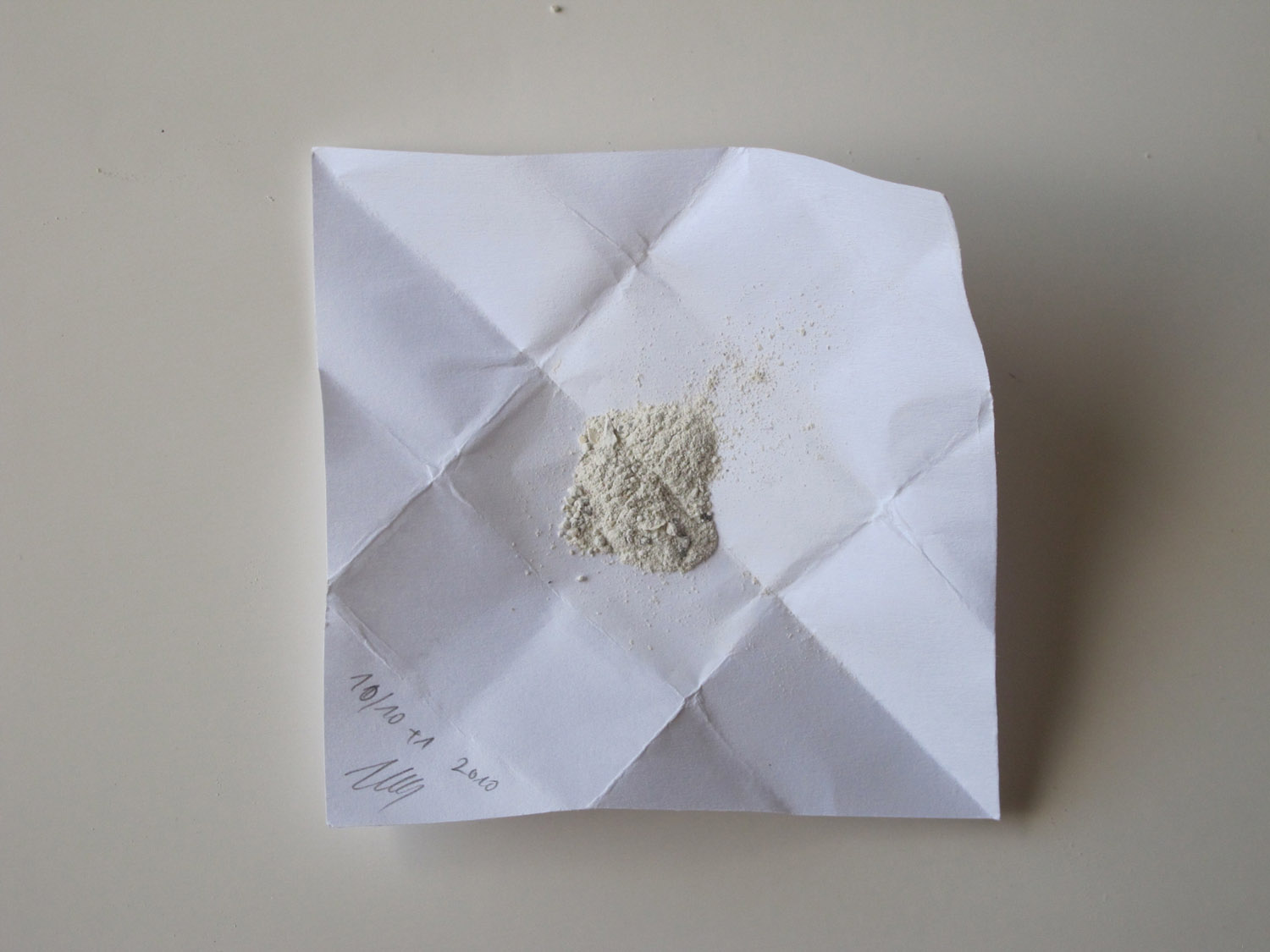Solo Show
Ivan Moudov is a shrewd observer of the mechanisms operating in the art world today. In his simulation of a museum of contemporary art in Sofia (2005), his wine tasting session at the opening of the Venice Biennial (2007), as well as in other works, including the creation of entirely new collections, all the elements of the social codes of the institution of art are played out again this time introducing a new set of rules.
Moudov’s work is evidencing a new type of institutional critique, which developed in the last decades with the inclusion of more and more “peripheral” artists within the “central” discourse and system of Western art. These artists come from countries where the social role of art is often very different from the one in the Western tradition.
This new critique addresses not only the art institution as a power structure but exposes the dominant position of the Western notion of critique itself. It is, therefore, not surprising that the gestures and artworks associated with the practice of such critical artists as Ivan Moudov appear to be controversial, even scandalous. Moudov purposefully and resourcefully attacks the apparatus of self-critique practiced by Western artists as an attempt to assuage the feeling of guilt resulting from their participation in the existing market and power systems. “Fragments”, 2002- 2007, for example, is a collection of stolen fragments from artworks owned by some of the most prestigious art institutions in the world. In this work the artist questions the history of Western art collections (many of which were assembled from artifacts acquired during war conflicts and archeological expeditions) and raises the issue of authorship and value attribution.
0GMS is one of the least provocative of Ivan Moudov’s projects, but it is also one of his most effective. With Kamen Stoyanov and Steven Geurmeur, Moudov has conceptualized a commercial art gallery in the shape and the size of a drawer. The drawer project has a symbiotic relationship with existing art spaces, making use of their concrete sets of furniture (the project started with a cupboard drawer in the kitchen of the Institute of Contemporary Art in Sofia), as well as their program, communication channels and audiences. The “gallery” presents mostly works by young artists – works that must fit the size of the drawer. Recently 0GMS has acquired a custom-made cupboard of its own – an art object in itself. It has four drawers, thus enabling the gallery to present the work of up to four young artists at the same time.
The appearance of 0GMS as Moudov’s solo exhibition in art institutions can be interpreted in the light of his preference for complicating the context within which the work functions in order to misguide the final direction of his own critique. In the context of a solo show 0GMS gallery turns into an artwork, and as an artwork it acquires the significance of an art institution. In addition to taking care of its own existence and contextualization, it takes on the responsibility for the visibility and contextualization of the artworks it contains. Among other things 0GMS is an attempt for creating a mutual support system for artists within the world of art.
The blurring of authorship in 0GMS is intentional. The question about the show’s author – whether it is Moudov himself, the three artists behind 0GMS or the four artists presented in the drawers – remains open. It clearly worries none of the participants and could only be a source of confusion, if and when the artwork is socialized within a public or private collection, since the artist’s name and signature continue to be a decisive factor in the attribution of artistic value.
 text
text

